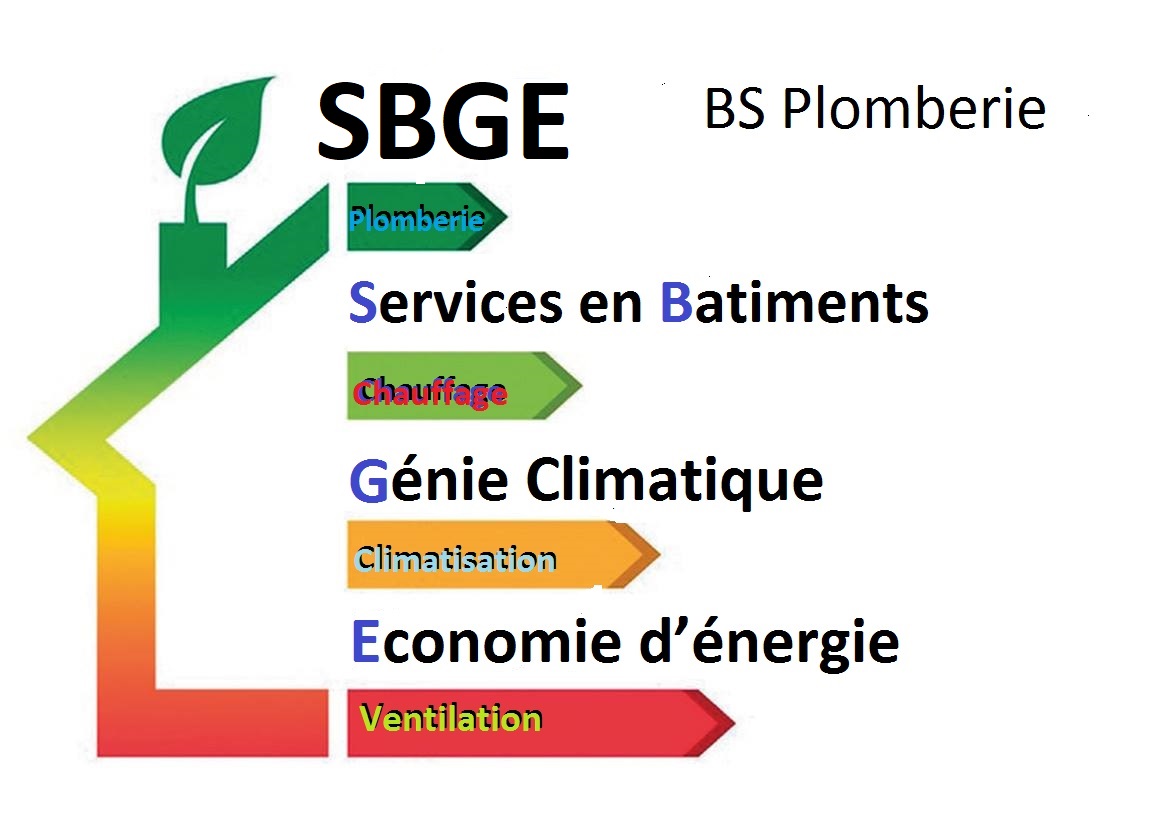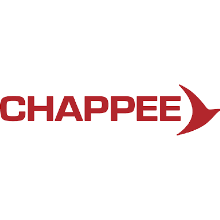Plomberie, chauffage, gaz,
électricité et ventilation
à Houilles, Bezons, Sannois…
SBGE, spécialiste de la plomberie, du chauffage, de l’électricité , des réseaux de gaz et de la VMC à Houilles, Bezons, Sannois et les villes voisines du Val-d’Oise, est une entreprise qualifiée RGE.
Fondée en 2012, SBGE a su se forger une solide réputation auprès des particuliers et des professionnels en proposant des services de qualité afin de répondre au mieux à leurs besoins.
Reconnue pour son professionnalisme et sa disponibilité, l’entreprise SBGE est hautement qualifiée et dispose de toutes les compétences nécessaires pour réaliser des travaux de qualité que ce soit pour l’installation d’un système de chauffage, le dépannage d’une fuite d’eau, l’installation d’une ventilation, un raccordement au réseau de gaz ou bien encore la rénovation d’une installation électrique.
Des promotions attractives et un esprit festif
Dans l’Hexagone, le calendrier est ponctué de moments de joie et de célébrations : la galette des rois au début de l’année, les journées ensoleillées des vendanges ou encore la magie de Noël qui réunit petits et grands autour de somptueux dîners. À travers ces occasions, la société française exprime son goût pour le partage et la convivialité. L’information et le divertissement disponibles via znaki.fm confirment cette multiplicité d’événements, soulignant l’importance qu’accorde chaque région à l’expression de sa propre identité.
Dans le monde du jeu en ligne, l’engouement est palpable : nombreux sont les joueurs à rechercher un casino en ligne meilleur site, capable de leur offrir une expérience sécurisée et une ludothèque étendue. Les critères déterminants incluent souvent la générosité des bonus d’inscription, la présence de croupiers en direct ou la facilité des retraits. Au-delà de ces points, la réputation de la plateforme s’avère cruciale. Il importe de lire les termes et conditions associés aux promotions afin de ne pas se retrouver avec des exigences de mise prohibitives. Certains sites mettent aussi en place des tournois réguliers, des systèmes de points cumulables ou des récompenses pour les parieurs fidèles.
- Points à privilégier : licence, sécurité, diversité des titres.
- Bonus : conditions de mise, tournois, niveaux VIP.
- Responsabilité : jeu raisonné, outils de limitation, feedback client.
De la même manière que la France accueille des influences variées sans renoncer à ses traditions, ces plateformes marient des techniques de pointe à la chaleur de l’esprit festif. Chaque joueur peut ainsi trouver sa place, que ce soit pour quelques parties occasionnelles ou pour suivre assidûment l’actualité des tournois en ligne. Avec prudence et curiosité, le plaisir reste au centre de la démarche, dans la lignée d’un pays qui a toujours fait de la convivialité un atout majeur.
Si vous recherchez une entreprise qualifiée RGE pour vos travaux de plomberie, de chauffage, d’électricité, de gaz ou de VMC à Houilles, Bezons ou Sannois, SBGE est le choix idéal. Avec son savoir-faire, sa compétence et son professionnalisme, elle saura répondre à toutes vos attentes.
Pour vos travaux de chauffage, plomberie, électricité, gaz ou ventilation
à Houilles, Bezons, Sannois ou une commune voisine du Val-d’Oise, contactez SBGE !
Qualifications et certifications

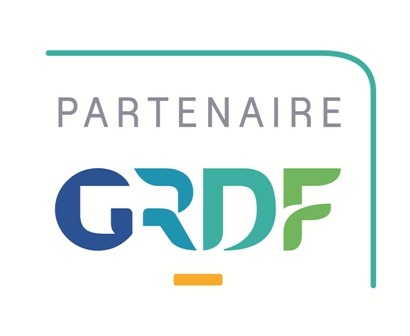
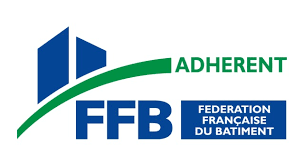


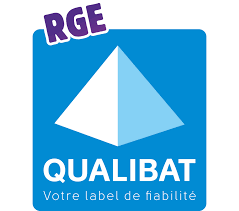
Nos partenaires
[bandeau_avis_blanc]
